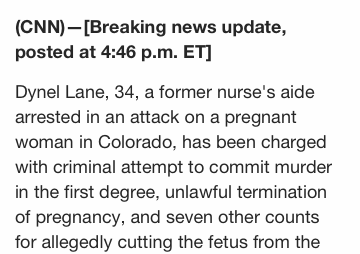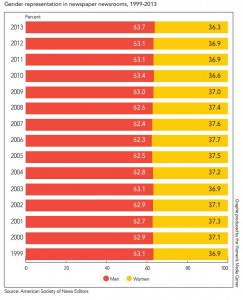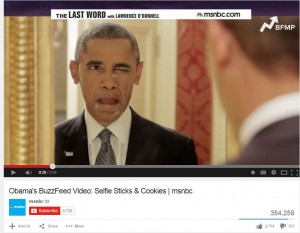By S. MOLLY DOMINICK
When reading online news, I hope to achieve a balance between biases by ingesting left-leaning, right-leaning and politically neutral media (to the best of my ability, of course). One of my primary sources of neutral news is Politico and it usually remains up to snuff.
However, today I ran across this image while reading an article on that site:
Swimming through a sea of high-tech coding wizardry far above the heads of the measly public, Hillary Clinton scowls toward an unknown opponent, contemplating her sinister past…
That’s what I get from the drama-inducing, Photoshop-doctored photo above. In fact, based on this image, the accompanying story may actually be about Hillary Clinton starring in a new sequel to “The Matrix” rather than about a political scandal concerning her responsibleness as a public official.
I understand that Politico was adding character to its content and being a bit creative here. That’s not a bad thing, although it does invite questions about the appropriateness of this when the following article approaches an issue sensitive enough to potentially harm a public official’s reputation.
I also understand that this photo does not necessarily show a political leaning one way or the other. In fact, my thoughts about the photo shifted from two extremes.
My first impression was that her scowl made her seem mean, or just gave an overall negative vibe, paired with her stark black-and-white contrasted coloring. Plus, she seemed overwhelming by the coding (the scandal) surrounding her. But upon further reflection, this image might convey the exact opposite. Her expression could be a face of tough determination in the face of those opponents attempting to tarnish her name. She is distinctly separate from the coding, after all, appearing boldly in front of it.
The English class-style dissection of this image could continue until we’re as gray as Hillary’s ashy-hued, color-manipulated face.
But all fun aside, including an image like this could possibly cross a line into editorializing (or diminishing) an otherwise serious hard news story, depending on how you look at it—which could be problematic for a famously neutral news source like Politico.


 On top of that, many attendees find themselves in need of medical care every year during the festival, resulting in hundreds of fire rescue calls.
On top of that, many attendees find themselves in need of medical care every year during the festival, resulting in hundreds of fire rescue calls.



![HeforShe event sponsored by UN Women with Goodwill ambasador Emma Watson New York, USA -20/09/2014/SIPA_SIPA837.01/Credit:UN Photo/SIPA/SIPA/1409230856 (Newscom TagID: sfphotos325055.jpg) [Photo via Newscom]](http://students.com.miami.edu/reporting/wp-content/uploads/2015/03/most_influential_young_women_2014_emma_watson-300x156.jpg)



